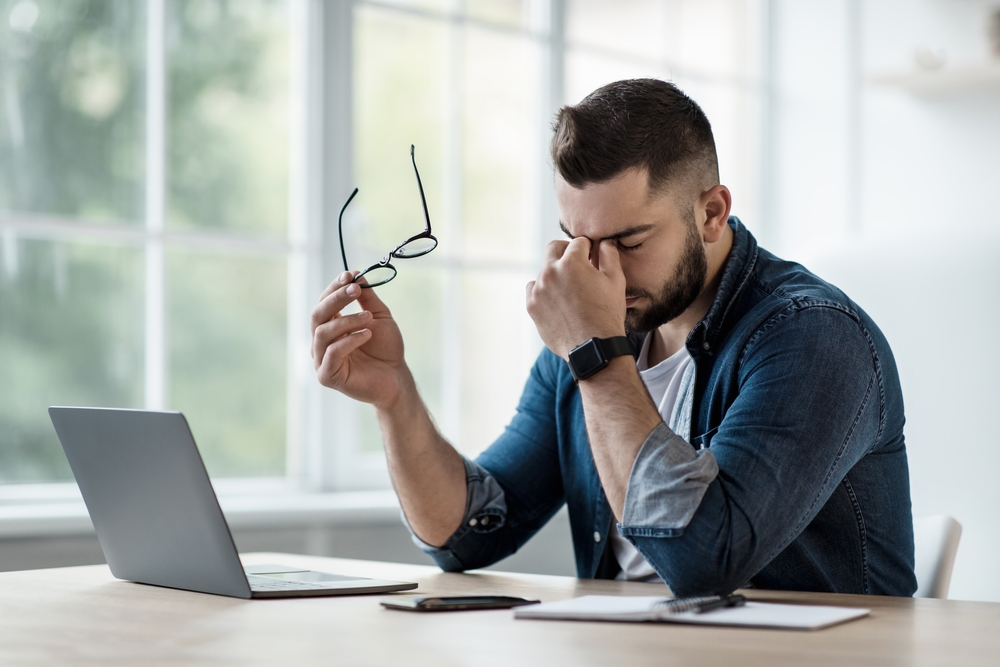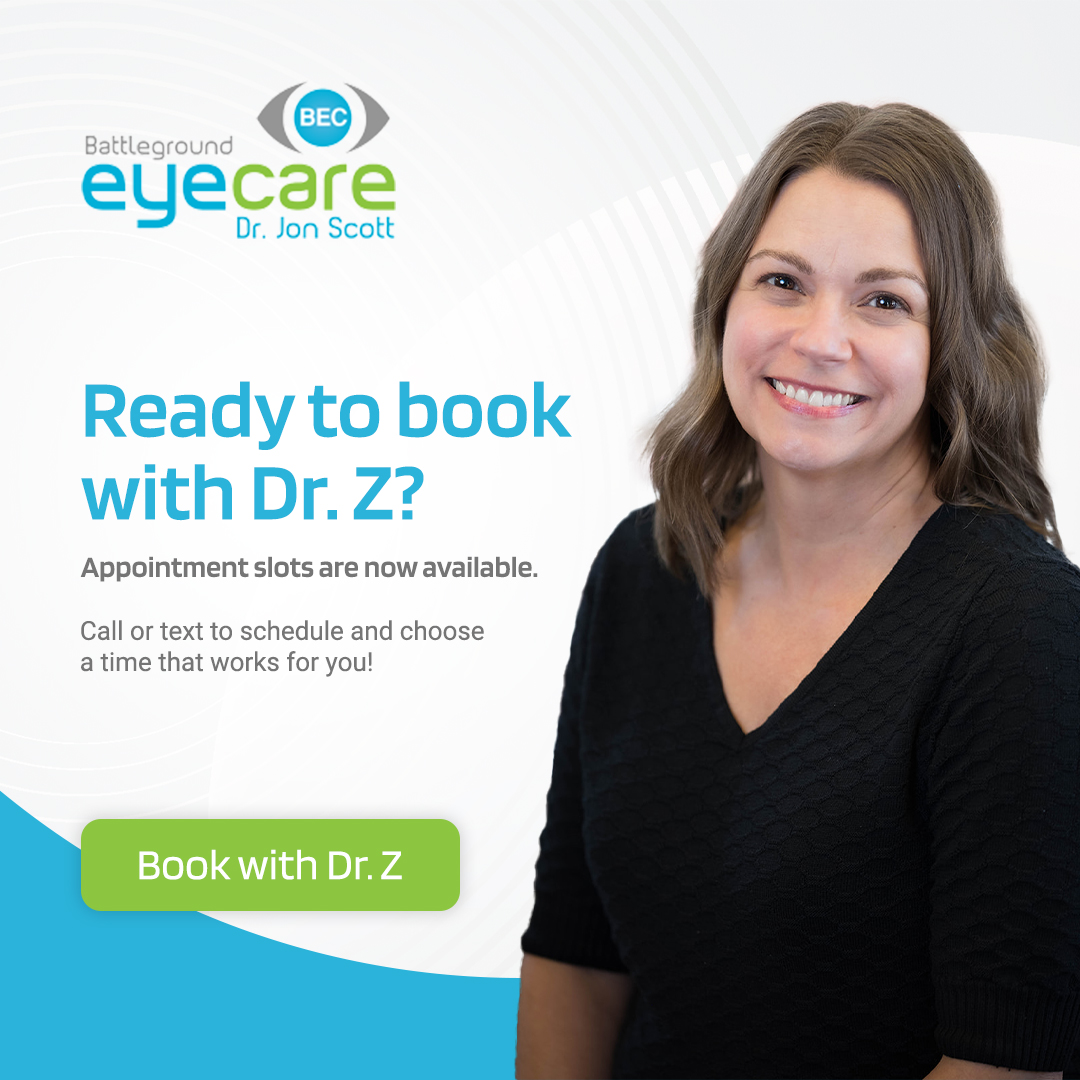
Dry eyes occur when the eyes cannot produce enough or quality tears for lubrication. It is essential to understand how tears contribute to your eye health. A tear film spreads all over your eye whenever you blink. The film helps keep your eye’s surface clear and smooth. Having lubricated eyes is essential for clear vision.
The tear film comprises three layers, each serving a purpose in maintaining the health of your eyes. The oily layer is the outside of your tear film, and it keeps your tears from drying up quickly. This layer comes from the meibomian glands of your eyes.
The watery layer is what makes the middle part of your tear film. It makes what you see as tears. It helps clean and wash away foreign particles in your eyes. The lacrimal glands of your eyelids produce this layer.
The third layer is the mucus layer. It helps your tears maintain moisture. It helps spread the watery layer all over the surface of your eye to keep it moisturized. The mucus helps your tears stick to your eyes. Your doctor can do different procedures and tests to determine the cause of your dry eyes.
Comprehensive Eye Exams
Your eye doctor will conduct a comprehensive eye exam to help diagnose the cause of your dry eyes. You will need to discuss your medical history and any previous eye condition you had in the past. A visual acuity test will help evaluate how clear each of your eyes can see. You will read charts to measure your visual acuity.
Your optometrist will also do preliminary tests to measure your depth perception, peripheral vision, color vision, and eye muscle movements. A keratometry test will help measure the curvature of your corneas by focusing light in your eye to measure the reflection. Your eye doctor will also check whether you have refractive errors.
Measure the Volume of Your Tears
Your eye doctor will use a Schirmer test to measure your tear production by placing blotting strips under your eyelids. After five minutes, he will measure the volume of tears soaked in your strip.
Your doctor can also use a thread that changes color when it detects tears while placed over your lower eyelid. It takes 15 seconds for tears to wet it, then your doctor can measure your tear volume.
Test to Determine the Quality of Your Tears
Your doctor can use other tests to determine the quality of your tears by assessing the condition of the surface of your eye. He can measure the rate at which your tears evaporate. Assessing the stain patterns of your cornea also helps give a diagnosis.
Osmolarity Test
Your doctor measures the composition of water and particles in your tears using an osmolarity test. Dry eyes should have less water.
Treatment
Dry eye treatments aim to maintain or restore an optimum amount of your tears to allow adequate moisturization to your eyes. As a result, it alleviates dryness and discomfort for the health of your eyes.
You can manage mild dry eye cases by using over-the-counter artificial tears. They are okay to use as often as possible. People who do not respond to artificial tears can take additional measures to treat their dry eyes.
Your eye doctor can recommend conserving tears by keeping them longer in your eyes. Doing so helps reduce the symptoms of dry eyes. Blocking the tear ducts using gel-like or tiny silicone plugs helps in tear preservation. The stoppers can be temporary, and you can remove them if needed. A surgical procedure can also help close your tear ducts permanently.
A doctor of optometry can recommend increasing your tear production by prescribing eye drops. You can also take omega-3 fatty acid supplements for the same.
Your optometrist may also suggest treating your ocular or eyelid inflammation. You can do this using lid massages and warm compresses.
For more on dry eye, visit Battleground Eye Care at our office in Greensboro, North Carolina. You can also call (336) 564-6800 today to book an appointment.







